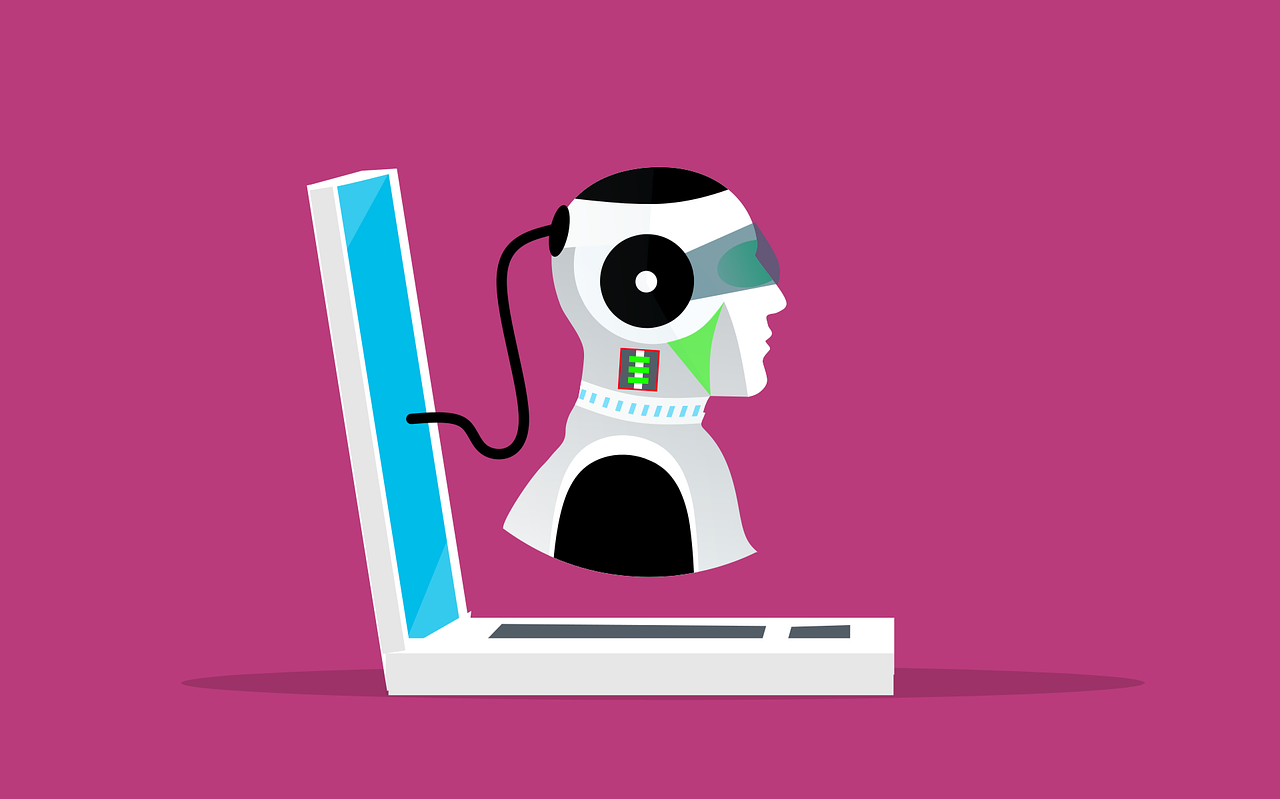Table of Contents
Technology has become the fifth element in the world. It has become an integral part of life, assisting people from different avenues with different goals and tasks. That said, we will talk about one such kind of technology that has significantly impacted how disabled people can run through their daily routines.
Yes, Assistive technology refers to all kinds of tools, devices, and systems that help people with disabilities do things they cannot normally do. These technological tools and devices range from wheelchairs and canes to robotic arms. All these low to high-tech tools and devices have enabled disabled people to be an inclusive part of society, allowing them to participate in tasks and activities like others.
Additionally, you may use Assistive technology to help kids with learning and attention issues. It will help them overcome their challenges and be successful.
Myths About Assistive Technology
A few myths about high-level AT are wrongly considered correct by many. A lot of people think that AT makes them over-reliant on technology. Some people think that it prevents kids from learning academic skills. All these are opinions, and experts oppose these to be true. However, it needs to be understood that technology is limited, and it is only used for ease. First, this technology is dedicated to those in need, so it should not be used by people who can do the tasks independently. Secondly, it is true that, no matter how advanced, technology cannot substitute good teaching and instruction. Plus, it would never help cure a disease that inhibits the ability to focus in children, like ADHD.
Types of Assistive Technology
Here are some common types of Assistive technology based on their functions and usage. Before we hop on the kind of AT, let’s understand that all these tools are fueled by the internet- as in fast internet. So, investing in a reliable internet is better to benefit from the following kinds of ATs. That said, we recommend Optimum, a top-tier ISP in the States. Check out Optimum servicio al cliente en español to learn more (For Spanish customers).
Assistive Technology for Cognition
Assistive Technology for Cognition helps people with cognitive problems to focus, navigate, and remember easily. Word prediction software is a typical example of ATC, which helps improve grammar and sentence structure. Moreover, other education tools and software, such as text readers, notetakers, and word processors, can be categorized as ATC. This software provides information in easily understandable formats for those with limitations. Moreover, the Web browser Reader Mode is another tool that cuts off extra information to provide a simple presentation. Then, screen magnifiers can help users avoid distractions on the screen by allowing them to focus on one paragraph at a time.
Assistive Technology for Hearing
Assistive Technology for Hearing is dedicated to helping those with hearing impairments. Some devices help minimize background noises and help people hear more clearly.
Assistive Technology for Vision
These devices help people with visual impairments to see more clearly. Moreover, these may also include devices that are somehow related to vision. One such example is Screen Magnifier, large-print keyboards, and wearable devices.
Some other examples of AT for vision include:
Braille Device
Braille is a code visually impaired individuals use to read and write in any language. Thus, the Braille device allows these people to read and write in Braille.
White Canes
There are three kinds of canes visually impaired people can use. Long canes slide the ground to detect obstacles and get information on the path ahead. On the other hand, ID canes also help prob the obstacles, forming a form for the visually impaired user. The third kind of cane is the Support Cane, which provides more stability for walking.
Assistive Technology for Eating
Assistive eating devices involve utensils that are easier to hold for those who cannot easily feed themselves independently.
Computer Systems
There are specialized, easy-to-use computer systems and hardware for people with problems using the others. Some of the examples include screen enlargement applications and voice recognition programs.
Mobility Aids
The most common example of Assistive Technology is mobility tools like wheelchairs, walkers, prostheses, and exoskeletons. The exoskeleton is a machine worn over the body to support thighs, waist, and shoulder to lift heavy objects. On the flip side, a prosthesis is a device that replaces a body part.
Bottom Line
Assistive technology has made it possible for all the differently abled people to do the tasks they find challenging. This does not offer ease and feasibility but boosts their confidence and self-esteem so they do not feel segregated from society.


